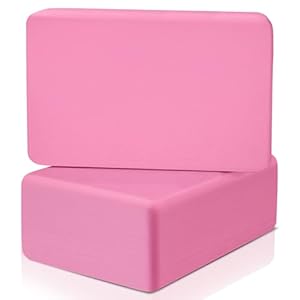
When it comes to maintaining focus during meditation, the key lies in finding ways to anchor your attention amidst the ebb and flow of thoughts that may arise. By honing in on a particular technique that resonates with you, you can create a stable foundation for your practice. But how exactly do you navigate the seas of distractions and keep your mind centered on the present moment? Let’s explore some strategies that can help you cultivate a sense of calm and clarity during your meditation sessions.
Setting up a Quiet Space
To maintain focus during meditation, ensure you create a peaceful and distraction-free environment by setting up a quiet space. Find a spot in your home where you feel comfortable and won’t be interrupted. Clear away any clutter that might draw your attention away from your practice. Consider adding elements that promote serenity, such as calming colors, plants, or soft lighting.
Eliminate any sources of noise that could disrupt your meditation. Close windows to block out street sounds, turn off electronics, and let others in your household know that you need some quiet time. You may also want to use earplugs or white noise machines to further reduce any external disturbances.
Make sure the temperature in your meditation space is comfortable. Being too hot or too cold can make it difficult to relax and focus. Consider using blankets or adjusting the thermostat to create an environment that supports your practice.
Establishing a Consistent Routine
Creating a regular schedule for your meditation practice can significantly enhance your ability to stay focused and reap the benefits of mindfulness. Consistency is key when it comes to meditation. By establishing a set time each day dedicated to your practice, you signal to your mind and body that this is a priority. Choose a time that works best for you, whether it’s first thing in the morning, during a lunch break, or before bed. Integrating meditation into your routine helps build a habit, making it easier to stick with it in the long run.
Consider creating a dedicated space for your meditation practice to further solidify your routine. This space can be a corner of a room or a specific cushion or chair that you use only for meditation. Having a designated spot can help signal to your brain that it’s time to focus and be present. Remember, the more you practice at the same time and place, the more your mind will naturally ease into a state of meditation.
Focusing on Your Breath
How can you enhance your meditation practice by focusing on your breath? Focusing on your breath can be a powerful technique to anchor your attention and cultivate mindfulness. As you settle into your meditation practice, start by finding a comfortable position. Close your eyes and begin to pay attention to your breath. Notice the sensation of the air entering and leaving your nostrils or the rise and fall of your chest or abdomen.
As you focus on your breath, try to maintain a gentle awareness of each inhale and exhale. If your mind starts to wander, gently guide your attention back to your breath without judgment. You may find that observing the natural rhythm of your breathing helps calm your mind and bring a sense of peace and presence.
Acknowledging Distractions Without Judgment
When distractions arise during meditation, simply acknowledge them without attaching judgment to your thoughts or feelings. It’s natural for distractions to come up as you meditate – thoughts may wander, noises can interrupt, or emotions might surface.
Instead of getting frustrated or critical of yourself for being distracted, gently recognize the distraction and then guide your focus back to your breath or chosen point of meditation. By acknowledging distractions without judgment, you create a space of acceptance and non-reactivity within your practice.
This approach allows you to observe distractions as passing moments without letting them derail your meditation session. Remember, the goal isn’t to eliminate distractions altogether but to learn how to navigate them with a sense of calm and equanimity.
As you continue to practice acknowledging distractions without judgment, you cultivate a greater sense of mindfulness and inner peace that can extend beyond your meditation sessions into your daily life.
Utilizing Guided Meditation Apps
To enhance your meditation practice, consider incorporating guided meditation apps for added support and structure. These apps offer a wide range of guided sessions tailored to different needs, whether you’re a beginner looking for basic instructions or an experienced meditator seeking specific themes like stress relief or mindfulness. By using guided meditation apps, you can access expert-led sessions anytime, anywhere, making it easier to establish a consistent meditation routine.
These apps often provide features such as customizable session lengths, soothing background sounds, and progress tracking to help you stay motivated and committed to your practice. Additionally, some apps offer community features where you can connect with like-minded individuals, share experiences, and receive guidance and support.
Yoga














